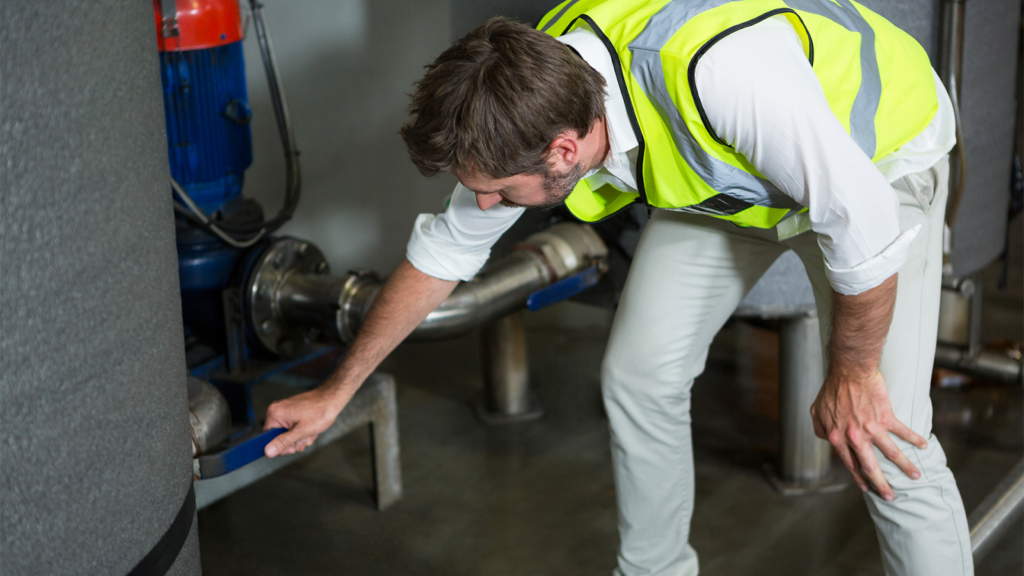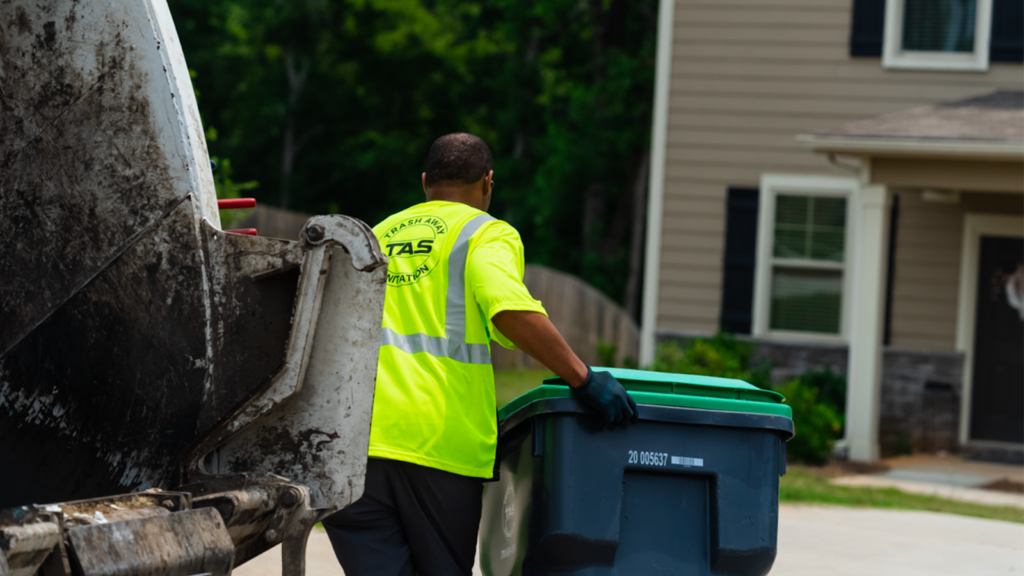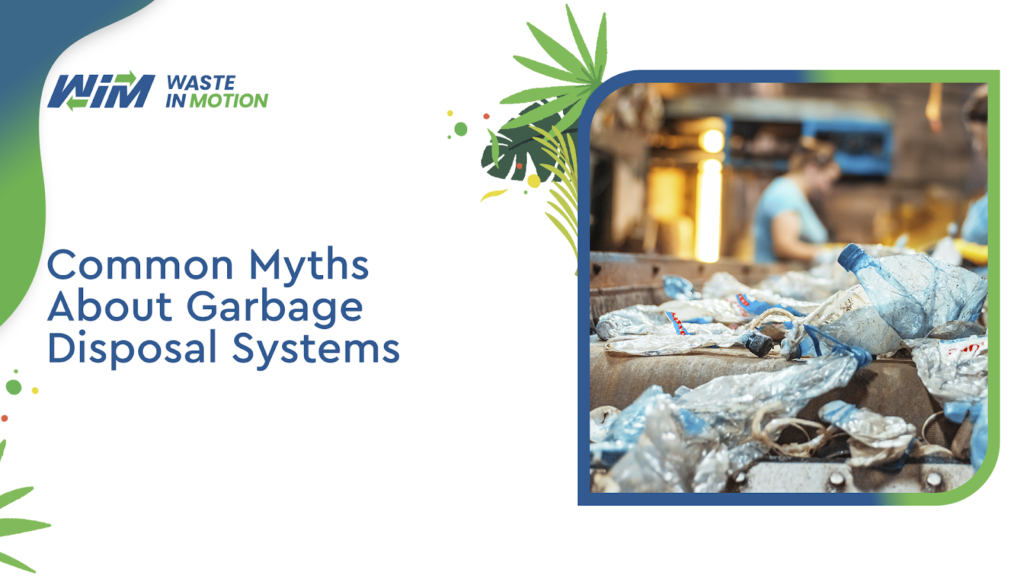Have you ever wondered if you’re using your garbage disposal correctly? You’re not alone. Many homeowners harbour misconceptions about these handy kitchen appliances. From what you can safely put down the drain to how often you should run it, myths abound when it comes to garbage disposals.
Proper waste disposal plays a crucial role in maintaining public health. Learn more about effective strategies in our detailed guide on Proper Waste Disposal for Public Health.
In this article, we’ll debunk some of the most common garbage disposal myths and provide you with expert advice on proper usage and maintenance. By separating fact from fiction, you’ll be empowered to make the most of your disposal system whilst avoiding costly repairs. Let’s dive in and clear up the rubbish surrounding these misunderstood machines.
Table of Contents
ToggleMyth #1: Garbage Disposals Can Handle Anything
Many homeowners fall prey to this common garbage disposal mistake, believing these machines are invincible. However, your food waste disposal system has its limits, despite their powerful motors. Contrary to popular belief, garbage disposals can’t handle everything you throw at them.
Foods to Avoid
To prevent a clogged drain and maintain your disposal’s longevity, avoid disposing of:
- Coffee grounds
- Potato peels and other fibrous vegetable skins
- Small bones and eggshells
- Starchy foods like uncooked pasta and rice
- Fats, oils, and grease
- Fruit pits and nuts
- Seafood shells
These items can damage blades, clog pipes, or create a foul odour. Learning how to clean a garbage disposal properly and knowing what not to put in it are crucial for its maintenance.
By dispelling garbage disposal myths and understanding its limitations, you’ll extend your unit’s lifespan and avoid costly repairs. Remember, when in doubt, it’s better to compost or bin certain food waste rather than risk damaging your disposal system.
Myth #2: Garbage Disposals Have Blades Like Blenders
Breaking the myth, your garbage disposal doesn’t operate like a blender. This common garbage disposal mistake often leads to misuse and potential damage. In reality, these food waste disposal units work quite differently.
How Garbage Disposals Actually Work
Instead of sharp blades, garbage disposals use dull impellers or lugs. These spinning discs force food waste against a stationary grind ring. This grinding action breaks down the waste into small particles that can safely flow through your plumbing system.
Implications for Use and Garbage Disposal Maintenance
Understanding this mechanism is crucial for proper use and clogged drain prevention. Since there are no blades to sharpen, you don’t need to worry about them dulling over time. However, regular cleaning is still essential to keep your disposal functioning efficiently.
To clean a garbage disposal, simply run cold water and grind a handful of ice cubes. This helps remove built-up residue and keeps the impellers in top condition.

Myth #3: Running Hot Water Helps Break Down Waste Faster
Well the truth is that using hot water when operating your garbage disposal isn’t the best practice for garbage disposal. In fact, cold water is far more effective for several reasons.
The Cold Truth About Waste Disposal
Cold water keeps fats and oils solid, allowing them to be chopped up and flushed away more easily. Hot water, on the other hand, can melt these substances, potentially leading to a clogged drain further down the pipe. Additionally, using cold water helps prevent overheating of the disposal motor and extends its lifespan.
Proper Disposal Techniques
To avoid common garbage disposal mistakes:
- Always run cold water before, during, and after use
- Avoid putting fibrous or starchy foods down the disposal
- Regularly clean your garbage disposal with ice cubes and citrus peels
Myth #4: Ice Cubes and Eggshells Sharpen the Blades
The Eggshell Misconception
One of the most common garbage disposal myths is putting eggshells down the drain. Eggshells don’t sharpen the blades. Instead, they can wrap around the impellers, potentially causing damage and reducing efficiency. Its best to compost eggshells or dispose of them in your regular rubbish bin.
The Truth About Ice Cubes
While ice cubes won’t sharpen your disposal’s blades, they can serve a useful purpose. Grinding ice cubes can help knock loose built-up gunk. However, it’s important to understand that garbage disposals don’t actually have sharp blades. Instead, they use blunt impellers or grind rings to break down food waste.
Proper Maintenance for Clogged Drain Prevention
To keep your disposal running smoothly and prevent clogs, regularly clean it with a mixture of baking soda and vinegar. This natural solution helps eliminate odours and break down grease build-up, ensuring optimal performance of your disposal system.
Myth #5: Garbage Disposals Always Cause Plumbing Issues
Garbage disposals don’t inherently cause plumbing problems. In fact, when used correctly, these systems can actually help prevent clogged drains and reduce the strain on your plumbing.
Proper Usage Prevents Problems
The key to avoiding issues lies in proper usage. Always run cold water whilst grinding food waste to flush particles effectively through your pipes. This simple step can significantly reduce the risk of clogs and blockages.
Maintenance Matters
Regular cleaning of your garbage disposal is crucial for optimal performance. A well-maintained unit is less likely to cause problems. To clean a garbage disposal, simply grind ice cubes and citrus peels periodically to remove debris and eliminate odours.
Businesses with multiple locations often struggle with waste management efficiency. Discover best practices in our article on Waste Contract Management for Multi-Location Businesses.

Myth #6: A Garbage Disposal Eliminates the Need for a Trash Can
Your garbage disposal is not a substitute for your rubbish bin. A garbage disposal is designed to handle small amounts of food waste, not to process all your kitchen refuse. Its primary function is to grind up residual food particles that might otherwise clog your drain, not to serve as your primary food waste disposal method.
Preventing Clogs and Breakdowns
Overloading your disposal with excessive food waste or inappropriate items can cause clogs and mechanical failures. To avoid these issues:
- Scrape plates into the bin before rinsing
- Only use the disposal for small food scraps
- Avoid putting fibrous or starchy foods down the disposal
Proper Maintenance
Regular cleaning of your garbage disposal is essential for optimal performance and clogged drain prevention. A simple mixture of ice cubes and citrus peels can help keep your disposal clean and odour-free.
Remember, while a garbage disposal is a useful kitchen tool, it’s not a replacement for responsible waste management practices.
For insights on how technology is transforming waste management, visit our blog on The Role of Technology in Modern Waste Management.
Myth #7: Citrus Peels and Coffee Grounds Clean the Disposal
Many homeowners believe that citrus peels and coffee grounds are effective for cleaning their garbage disposal systems. However, this common garbage disposal myth can lead to more harm than good.
The Truth About Citrus Peels
Whilst citrus peels can certainly freshen up your kitchen with their pleasant aroma, they do not actually clean the garbage disposal. In fact, fibrous peels can potentially wrap around the disposal’s blades, causing damage or clogs.
Coffee Grounds: A Potential Hazard
Ground coffee beans are often touted as a natural cleaner for food waste disposal units. However, their abrasive nature can actually be detrimental to your system. Whilst they may appear to clear the disposal initially, coffee grounds can accumulate in pipes, leading to stubborn clogs and potentially expensive repairs.
Proper Cleaning Techniques
To maintain your garbage disposal and prevent clogged drains, it’s best to use approved cleaning methods. Regular flushing with cold water and occasional use of specialised cleaning products designed for disposals are more effective for keeping your unit in top condition.
Conclusion
As you’ve seen, many common beliefs about garbage disposals are simply myths. By understanding how these systems truly work, you can use yours more effectively and avoid unnecessary repairs. Remember to run cold water, grind food gradually and avoid non-food items. With proper care, your disposal can provide years of reliable service. If you do encounter issues, don’t hesitate to call a professional plumber. Armed with the facts, you can now confidently operate your disposal and educate others about these misunderstood kitchen appliances. Make the most of this handy tool, but always prioritise safety and follow manufacturer guidelines for optimal performance.
Learn more about proper waste management at Waste in Motion
FAQS:
- What should I avoid putting in my garbage disposal?
To maintain your garbage disposal and prevent clogs, it’s essential to avoid disposing of certain items:
- Grease and Fats: These substances can solidify in pipes, leading to blockages.
- Fibrous Foods: Items like celery, asparagus, and corn husks contain fibrous threads that can wrap around the disposal’s components, causing jams.
- Starchy Foods: Pasta and rice can expand with water, turning into a gooey substance that clogs pipes.
- Hard Items: Bones, fruit pits, and seeds are difficult to grind and can damage the disposal.
- Coffee Grounds: They can accumulate and form sludge, leading to clogs.
- How can I clean and deodorize my garbage disposal naturally?
Regular cleaning helps prevent odors and maintains efficiency. Here are some natural methods:
- Citrus Peels: Grinding lemon, lime, or orange peels can freshen up the disposal.
- Baking Soda and Vinegar: Pour half a cup of baking soda followed by half a cup of vinegar into the disposal. Let it fizz for a few minutes, then rinse with hot water.
- Ice Cubes and Salt: Grinding ice cubes mixed with salt can help remove debris and sharpen impellers.
- How do garbage disposals work?
When activated, a garbage disposal’s grinding chamber spins rapidly. Impellers on the plate propel food scraps against the chamber walls, breaking them down into fine particles. Once sufficiently ground, these particles are flushed out through the drainage pipes.
- What is the difference between continuous feed and batch feed garbage disposals?
- Continuous Feed Disposals: These are the most common types, activated by a wall switch. They run continuously, allowing you to add waste while the unit operates.
- Batch Feed Disposals: These operate in batches and are activated by placing a specially designed cover over the opening. They only run when the cover is in place, providing added safety.
- How long do garbage disposals typically last?
With proper use and maintenance, garbage disposals can last between 8 to 15 years. Regular cleaning and avoiding harmful items can extend their lifespan.
- Is it safe to use chemical drain cleaners in my garbage disposal?
It’s generally not recommended to use chemical drain cleaners in garbage disposals, as they can damage the unit’s components. Opt for natural cleaning methods or consult a professional if you encounter persistent issues.
- Can a malfunctioning garbage disposal affect my dishwasher?
Yes, a malfunctioning garbage disposal can lead to food backups, blocking drains and potentially contaminating your dishwasher with dirty water.
- How can I prevent clogs in my garbage disposal?
To prevent clogs:
- Dispose Properly: Avoid putting problematic items down the disposal.
- Use Cold Water: Always run cold water before, during, and after using the disposal to help solidify and flush away grease and fats.
- Regular Cleaning: Maintain a cleaning routine to prevent buildup.






